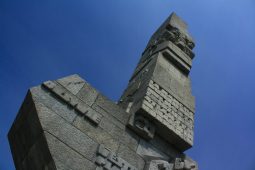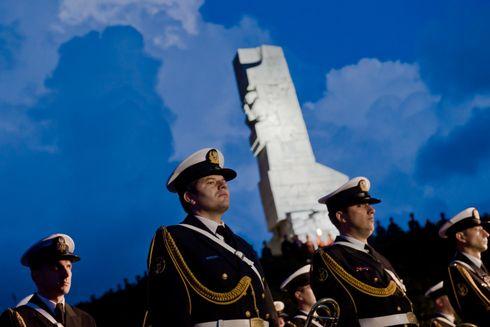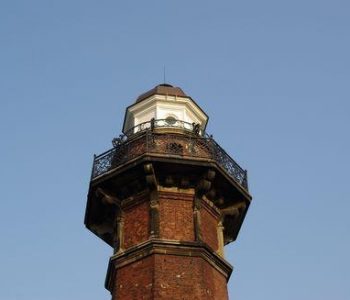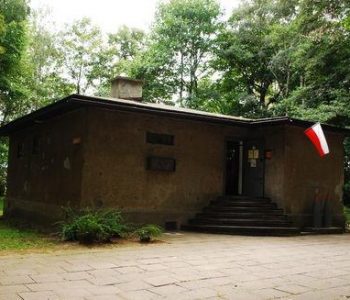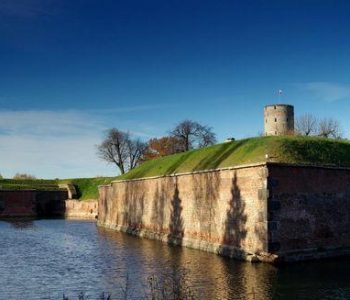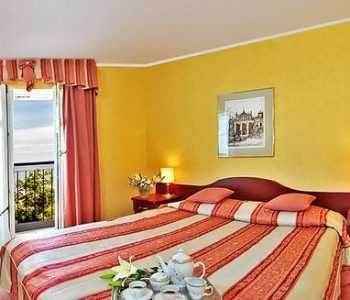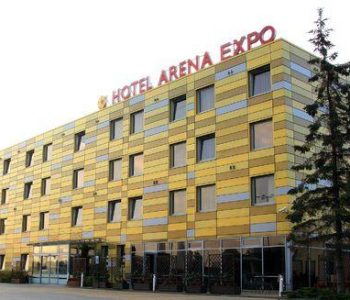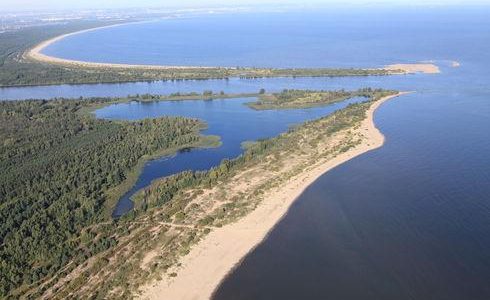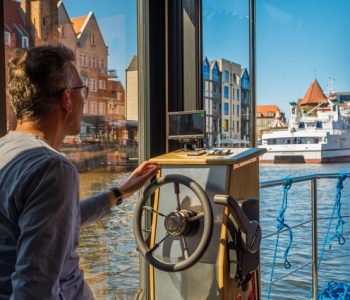Westerplatte was created around the 15th Century as an island, but due to the excessive settlement of river sediment at the mouth of Leniwka, the island merged with the land in the second half of the 19th Century and formed a small peninsula, which was named Westerplatte.
Westerplatte is well known all over the world as the place where World War II began on 1 September 1939 at 4:45 am. However, to Poles, this is primarily the location of the heroic battle of the crew of the Military Transit Storehouse with better-equipped German forces, which outnumbered them eighteen to one. During the entire period of the battles for Westerplatte, Guardhouse No. 1 was the key point of the Polish defence. The exhibition in the guardhouse recreates its interiors from 1939, with the designation of the battle stations of the crew, and presentations of documentary photographs, weapons and equipment of the soldiers of the Polish Army from 1939.
On 1 September 2009, the museum opened the field exhibition on Westerplatte entitled “Westerplatte: Health Resort – Bastion – Symbol”. The purpose of the exhibition will be to provide the visitors with complex knowledge of the three-hundred-year history of this location. The narration – in Polish and English – meets the needs of foreign tourists, while the innovative visual format of the exhibition, a compromise between a poster and historical description, allows to visit this place of national remembrance in an interesting manner and simultaneously learn more about its history.
The Westerplatte history is presented on over 200 plans, prints, photographs and documents. The exhibition is divided into four areas, each corresponding to a successive stage of Westerplatte’s history. The first presents the creation on the peninsula of the local health resort, which was active until the end of World War I. The second area is dedicated to the Polish Military Transit Storehouse, which was present here in the interwar period, The third area focusses on the defence of Westerplatte in September 1939, while the fourth tells of the role played by Westerplatte in the collective historical memory of Poles and the politics of the communist authorities during the years 1945-1989.
Admission to the Westerplatte field exhibition is free. There is the possibility of a guided tour for school groups following prior appointment with the employees of the Department of Education.
One of the newest projects of the Museum is the educational path on Westerplatte, which stretches from the relics of the Railway Gate to the Statue of the Defenders of the Seacoast. This is a practical guide to the existing and non-existing buildings of the former Military Transit Storehouse. It is composed of information signs, which aim to show the visitors what the area looked like during the September battles.
Must see:
Galeria
Warning: Attempt to read property "ID" on array in /home/klient.dhosting.pl/intui/pomorskie-travel.intui.eu/public_html/wp-content/themes/pomorskie-travel/single-poi.php on line 163
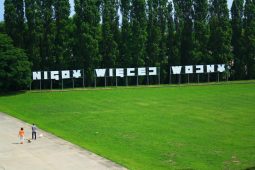
Warning: Attempt to read property "ID" on array in /home/klient.dhosting.pl/intui/pomorskie-travel.intui.eu/public_html/wp-content/themes/pomorskie-travel/single-poi.php on line 163
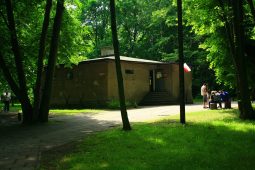
Warning: Attempt to read property "ID" on array in /home/klient.dhosting.pl/intui/pomorskie-travel.intui.eu/public_html/wp-content/themes/pomorskie-travel/single-poi.php on line 163
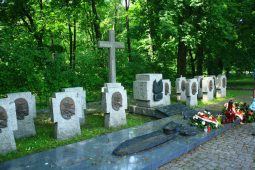
Warning: Attempt to read property "ID" on array in /home/klient.dhosting.pl/intui/pomorskie-travel.intui.eu/public_html/wp-content/themes/pomorskie-travel/single-poi.php on line 163
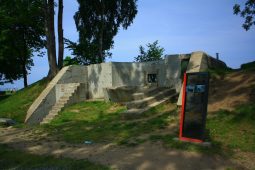
Warning: Attempt to read property "ID" on array in /home/klient.dhosting.pl/intui/pomorskie-travel.intui.eu/public_html/wp-content/themes/pomorskie-travel/single-poi.php on line 163
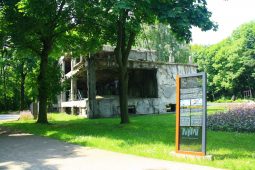
Warning: Attempt to read property "ID" on array in /home/klient.dhosting.pl/intui/pomorskie-travel.intui.eu/public_html/wp-content/themes/pomorskie-travel/single-poi.php on line 163
